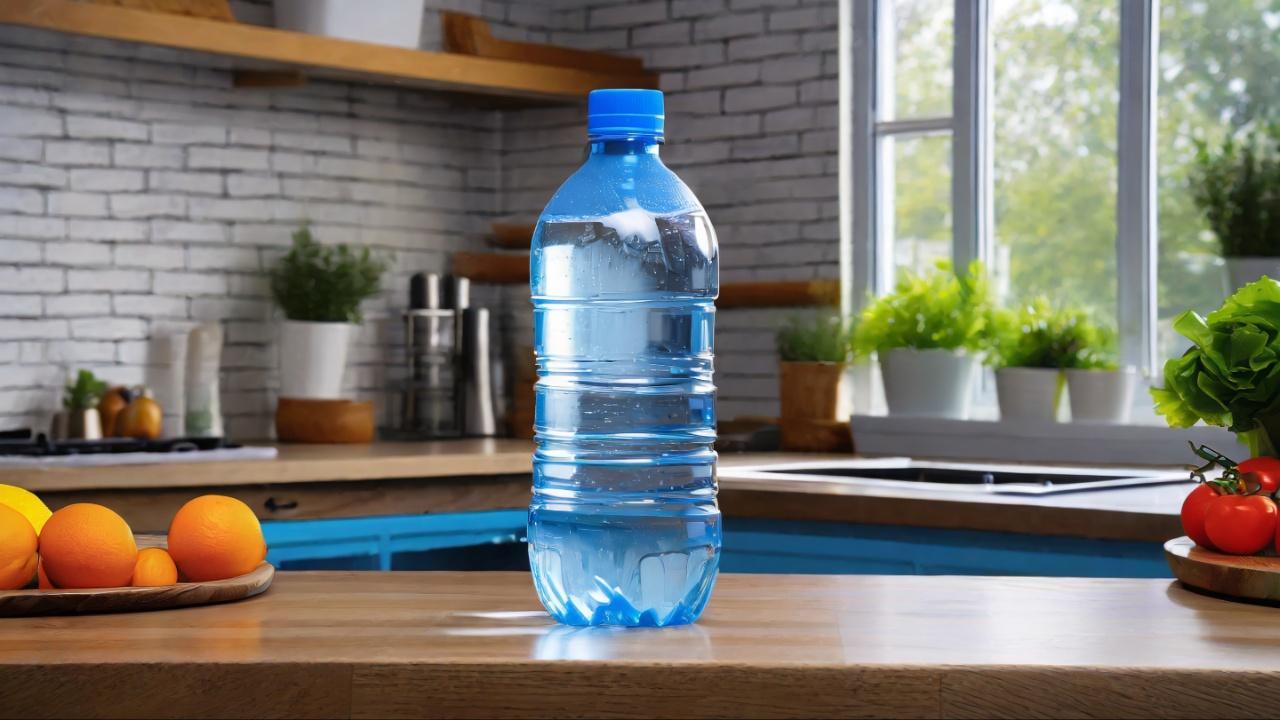Nanoplastics are so tiny that, unlike microplastics, they can pass through intestines and lungs directly into the bloodstream and travel from there to organs including the heart and brain

Image for representational purposes only. Photo Courtesy: iStock
Bottled water contains tens of thousands of identifiable fragments as well as previously unknown nanoplastics in each container, posing significant health risk, finds a study.
ADVERTISEMENT
In recent years, there has been rising concern that tiny particles known as microplastics are showing up basically everywhere on Earth -- from polar ice to soil, drinking water and food.
However, in the study, published in the journal Proceedings of the National Academy of Sciences, the researchers focussed on nanoplastics -- the spawn of microplastics that have broken down even further.
For the first time, the team from the Columbia University in the US could count and identify these minute particles in bottled water using newly-refined technology.
They found that on average, a litre contained some 240,000 detectable plastic fragments -- 10 to 100 times greater than previous estimates, which were based mainly on larger sizes.
Nanoplastics are so tiny that, unlike microplastics, they can pass through intestines and lungs directly into the bloodstream and travel from there to organs including the heart and brain.
They can invade individual cells, and cross through the placenta to the bodies of unborn babies.
"Previously this was just a dark area, uncharted. Toxicity studies were just guessing what's in there," said Beizhan Yan, environmental chemist at Columbia University's Lamont-Doherty Earth Observatory.
"This opens a window where we can look into a world that was not exposed to us before."
Using a technique called stimulated Raman scattering microscopy, which involves probing samples with two simultaneous lasers that are tuned to make specific molecules resonate, the researchers tested three popular brands of bottled water sold in the US (they declined to name which ones), analysing plastic particles down to just 100 nanometers in size.
They spotted 110,000 to 370,000 particles in each litre, 90 per cent of which were nanoplastics; the rest were microplastics.
They also determined the specific plastics -- polyethylene terephthalate or PET, polyamide -- a type of nylon, polystyrene, polyvinyl chloride and polymethyl methacrylate -- all used in various industrial processes.
While the plastic types the researchers searched for accounted for only about 10 per cent of all the nanoparticles they found in samples; they have no idea what the rest are.
If they are all nanoplastics, that means they could number in the tens of millions per litre, the researchers said.
But they could be almost anything, "indicating the complicated particle composition inside the seemingly simple water sample", the authors wrote.
"The common existence of natural organic matter certainly requires prudent distinguishment."
This story has been sourced from a third party syndicated feed, agencies. Mid-day accepts no responsibility or liability for its dependability, trustworthiness, reliability and data of the text. Mid-day management/mid-day.com reserves the sole right to alter, delete or remove (without notice) the content in its absolute discretion for any reason whatsoever
 Subscribe today by clicking the link and stay updated with the latest news!" Click here!
Subscribe today by clicking the link and stay updated with the latest news!" Click here!







